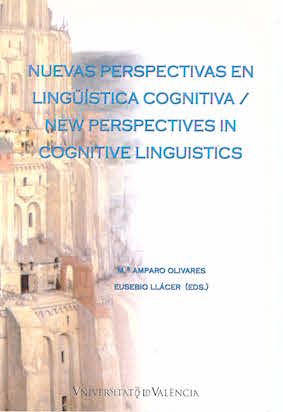Forms of sentence negation in a 14th-century French text: a cognitive/functional analysis
DOI:
https://doi.org/10.7203/qfilologia.14.3995Paraules clau:
negació, francés antic, estructura informativa, anàlisi del discurs, gramàtica Resum
Resum
Com és ben sabut, els estadis antics del francès es van caracteritzar, entre altres coses, per la variabilitat en l'expressió de la negació. Així doncs, mentre un mer ne preverbal constituïa el terme no marcat de la negació, aquest es veia freqüentment reforçat per diversos elements (originalment nominals), sobretot pas, mie i point; el primer dels quals va anar eventualment gramaticalitzat com a forma canònica de negació en el Francès Clàssic i el Modern. L'objectiu d'aquest treball és reafirmar la hipòtesi sincrònica, prèviament formulada en Hansen (sf???) i Hansen & Visconti (sf???), segons la qual la variació observada estava estructurada per constrenyiments discursiu-funcionals relacionats amb l'estatus cognitiu de la proposició negada o la seva variant positiva subjacent, de manera que els reforçadors de negació en els estadis més antics del francès estaven limitats a proposicions en “antics discursos”. Com a suport empíric addicional per a aquesta hipòtesi, presento una anàlisi formal/funcional de tots els casos de negació en un text del segle XIV: Li Miracle de l’enfant donné au Diable.
 Descàrregues
Descàrregues
Descàrregues
Com citar
-
Resum253
-
PDF (Español)248
Número
Secció
Llicència
 Este obra está bajo una licencia de Creative Commons Reconocimiento-NoComercial-SinObraDerivada 4.0 Internacional.
Este obra está bajo una licencia de Creative Commons Reconocimiento-NoComercial-SinObraDerivada 4.0 Internacional.
Tots els documents inclosos a OJS són d'accés lliure i propietat dels seus autors i/o institucions editores, i per tant, qualsevol acte de reproducció, comercialització, comunicació pública o transformació total o parcial necessita el consentiment exprés i escrit d'aquests.
Authors who publish with this journal agree to the following terms:
- Authors retain copyright and grant the journal right of first publication with the work simultaneously licensed under a Creative Commons Attribution License that allows others to share the work with an acknowledgement of the work's authorship and initial publication in this journal.
- Authors are able to enter into separate, additional contractual arrangements for the non-exclusive distribution of the journal's published version of the work (e.g., post it to an institutional repository or publish it in a book), with an acknowledgement of its initial publication in this journal.
- Authors are permitted and encouraged to post their work online (e.g., in institutional repositories or on their website) prior to and during the submission process, as it can lead to productive exchanges, as well as earlier and greater citation of published work (See The Effect of Open Access).



